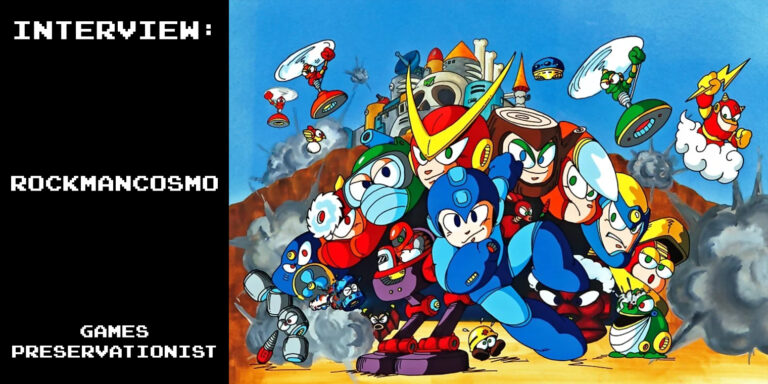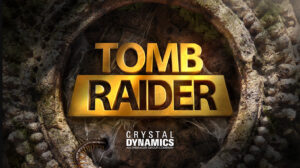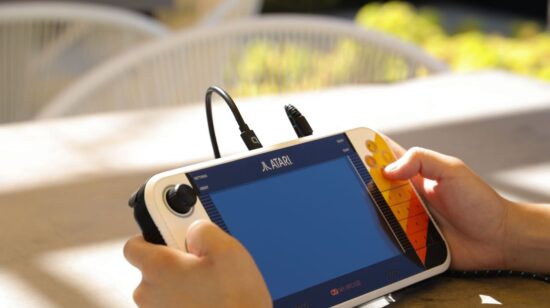INTERVIEW: RockmanCosmo, Games Preservationist


Games preservation takes many forms, from dumping (downloading) game files to use with emulators, to museum collections, and even remasters of contemporary titles. RockmanCosmo is a leading proponent of keitai (Japanese phone) game preservation, specifically older models from the early to late 2000s.
These phones were part of services known as i-mode, EZWeb and Yahoo! Keitai, and many had games from popular series, such as Mega Man and Armored Core, that were only released in Japan. At the end of 2021, i-mode shut down its online store for good, taking many of these games with it.
Before this happened, RockmanCosmo published an Open Letter to games preservation organisations altering people to this issue, and luckily the Game Preservation Society of Japan stepped in and managed to download 876 titles. Although this was out of 3,000 so, unfortunately, a lot of games are now effectively lost.
I interviewed RockmanCosmo via email and it’s been edited for brevity.
I read that you got started in the Mega Man community in 2021, but what actually interested you in the field of game preservation in the first place, and why did you decide to focus on keitai games?
I’ve always had a general love for history, so it was only natural for me to become interested in the history of video games from a young age.
One day, in December 2020, I came upon a video of someone playing Rockman.EXE Phantom of Network on an EZweb phone. I had been aware of the Rockman keitai games for some time, but I never paid much mind to them because they were Japanese-exclusive and lost to time.
Protodude, one of the figureheads of the English-speaking Mega Man community, quote-retweeted that video and asked people to DM him if they could find more info on that particular phone. Being the curious person I am, I did some research on EZweb and reported my findings to Protodude. He put me in a tiny Twitter group chat, and that’s how the Rockman keitai game preservation project started.
One of the members was in contact with someone who had the Rockman.EXE keitai games, and we eventually secured that phone through a public fundraiser. When the focus shifted to getting the games off of the phone, I gradually took a larger leadership role until I became the de-facto leader of the team. As I searched for people to help us, I realized that keitai games were more than just Mega Man – it spanned so many famous franchises.
Having put myself out there as the guy who spread awareness about the i-mode shutdown, I realized that I couldn’t go back to just focusing on Mega Man.
I understand keitai games are often impressive in terms of what could be achieved on them (e.g. the 3D in King’s Field and Armored Core Mobile Mission). Can you tell me more about the actual inner workings of a typical Japanese phone, eg. did they use a specific CPU or chipset? Were there any industry-standard parts in terms of game-related tech?
Keitai were made by a number of manufacturers, each with their own chips and CPUs. To make matters more complicated, there were three main mobile services (i-mode, EZweb, Yahoo! Keitai) with their own software demands. Many of these phones use proprietary chips and custom filesystems. As a result, phones are more difficult to dump than others.
Here’s an example. Thanks to the exploits of Yuu and Xyz (other preservationists), all Panasonic i-mode keitai can be dumped non-destructively through a modified charging cable; you simply run a Linux script and the phone boots into a testing mode. However, this is not compatible with early Sharp i-mode keitai, so they have to be dumped via chip-off.
However, most of those devices have no documentation anywhere, forcing users like Cuebus to make custom adapters. The SH903i’s chip is particularly difficult to dump because it has a 202 ball BGA with no documentation anywhere. He’s gotten a lot of the pins mapped out now, but it’s taken him months to get this far.
I don’t know the specifics on a lot of these chips (that’s left to the technical experts), but they were certainly leagues ahead of the chips on Western feature phones. Many of the later keitai had OpenGL support, for instance.
Aside from the general public’s lack of knowledge concerning keitai games in the first place, what would you say is the biggest hurdle you have to overcome as a games preservationist?
I’d say the biggest difficulty I’ve had to overcome is convincing the general gaming public that keitai games are worth preserving. Since these games never came to the West, many people initially assumed that they were bad “dumbphone” games. While there are certainly a lot of keitai games that fit that bill, there are also so many others that are quality games in their own right.
The quality of a game should not dictate if it’s worth preserving or not anyways. Thanks to our preservation advances, a lot of people have come to appreciate keitai games as a cornerstone of mobile gaming history. But that initial hurdle was difficult to overcome, especially when I had a smaller following.
In your Open Letter follow-up to the i-mode store shut down, you noted “When I distributed my open letter, a few members reacted negatively, claiming that contacting organizations like the VGHF (Video Game History Foundation) wouldn’t accomplish anything because they only focus on mainstream issues.”
Is this sort of thing common in game preservation circles? Although you also note that you believe organizations like the VGHF have their hearts in the right place, have you found there are people/organizations (naming no names) out there that, as you put it, harbor an “us vs them” mentality? If so, why do you think this is?
I think this mentality will always exist in game preservation circles, especially when you’re preserving something obscure that isn’t as well-known as Nintendo or Sega consoles. It’s an unfortunate mindset because collaboration is important to get anything done, regardless if it’s with other community members or a larger organization.
I think some folks harbor the “us vs them” mindset because they feel like they’re being ignored or overlooked. I can understand that; I certainly felt that way when I started preserving keitai games. However, instead of turning that into negative energy, I used it to motivate me to keep raising awareness and working to preserve these games.
If I didn’t raise awareness, how else would the people know about the value of keitai games? Unfortunately, I’ve seen other people embrace the negativity, and it’s certainly stalled their progress.
Staying on the follow-up letter, you end it with: “The death of the i-mode website is a lesson for all video game enthusiasts about preserving history before it’s too late. There will surely be a similar video game preservation crisis in the future.”
Where do you think the next crisis will happen? Which device(s) do you think are most at risk of losing games?
I think the next game preservation crisis is happening as we speak with live service games, especially live service mobile games. We’re already seeing the delisting of old iOS/Android apps, and I fear that the vast majority are going to end up lost to time. I don’t think the extraction hurdles are as high as keitai, but the sheer number of mobile games is going to be a problem.
There are also way more live service games than we think there are, some of which only last a few months before they’re preserved. The game industry is so focused on churning out quick profits with live service games that they aren’t considering how to preserve them for posterity after their servers are shut down.
Or maybe these games are meant to be temporary products in the first place! Either way, as the game industry continues to head down the live service route, we need to start having a conversation about preserving them.
What’s your ‘Holy Grail’ of lost phones/games?
A keitai that I’d like to get hold of is the 815T PB. This phone is special because it doubled as a protagonist in a TV series called “Keitai Investigator 7!” From what I’ve gathered, this keitai is a transforming robot who assists investigators with tracking down cyber criminals.
The phone itself came with modular arms and legs, so you could put it into a variety of poses! It also came preloaded with three exclusive games based on the show. Unfortunately, this phone is ridiculously expensive, so it will be a while before I’ll ever get ahold of it.
My original “holy grails” of lost keitai games have already been preserved (Rockman.EXE PoN/LoN and Rockman DASH 5 Islands), so let’s see… it would probably have to be Monotone! This was Square Enix’s original RPG that was exclusive to i-mode. Its sidequests and monster designs were periodically sourced from the public, so it would be a fascinating find.
How do you handle the legal side of game preservation, since some of these games are IP owned by still-existing studios?
We’re very aware of the legal side of things, and we’re also cognizant of G-MODE Archives. For those who don’t know, G-MODE is the only company rereleasing keitai games, and they’ve notably partnered with companies like Atlus and FromSoftware. Atlus is also a company that’s been willing to take legal action against fans, so it works out nicely that they’re rereleasing their games through official means.
We encourage people to support G-MODE Archives because it shows that there’s demand for keitai games to be rereleased. However, the vast majority of keitai games will never be rereleased, even if they’re by major publishers. Is Sega really going to rerelease Sonic Daifugo (a digital card game), or will Capcom ever rerelease Kobun ga Tobun (a Mega Man related autorunner)? The chances are extremely low, which makes our preservation work all the more important.
How do you explain the idea of game preservation to someone who doesn’t really understand its importance? What can they do to help?
Video games have had an indelible impact on our culture, being more profitable than the movie and music industries combined. They may be a more recent phenomenon than other pieces of popular media, but that doesn’t make them any less worthy of preservation.
If you want to help on the keitai game preservation side of things, I recommend contributing to Keitai Wiki and joining its Discord server. You don’t have to be a technical mastermind to help; if you know about a keitai game that isn’t already documented, that’s more than enough to help us out.
Furthermore, simply spreading awareness about keitai games helps put them in the public consciousness, possibly attracting more technically-minded people to help us out with chip dumping or emulator development.


















